Mineral water is distinguished from other types of bottled water by its constant level and relative proportions of mineral and trace elements at the point of emergence from the source.
Finé has a distinctive yet subtle flavor and a soft mouth feel
What is Mineral Water
Bottled water containing not less than 250 parts per million total dissolved solids may be labeled as mineral water. Mineral water is distinguished from other types of bottled water by its constant level and relative proportions of mineral and trace elements at the point of emergence from the source. No minerals can be added to this product. If the total dissolved solids (TDS) content of mineral water is below 500 ppm, or it is greater than 1,500 ppm, the statement "low mineral content" or "high mineral content," respectively, must appear on the principal display panel. If the TDS of mineral water is between 500 and 1,500 ppm, no additional statements are needed. Note: this contrasts to the European definition, where all Natual Spring Waters with a TDS of 0 to 500 mg/liter are considederd Mineral with Low Mineral Content (or just mineral waters).

List of Minerals commonly found in Mineral Water
Magnesium - Mg++
Almost all human cells have some level of magnesium in them, and adults need three to four hundred milligrams of magnesium every day. Magnesium is important for the regulation of muscle contractions and the transmission of nerve impulses, and it activates energy-producing enzymes. Bone structure also relies on magnesium, and it expands blood vessels, which lessens the risk of heart attack. Nervousness, lack of concentration, dizziness, and headaches or migraines may result from magnesium deficiency. Most bottled waters have below 20 mg/l of magnesium, though some may have as much as 1000 mg/l.
Calcium - Ca++
Adults need about eight hundred milligrams of calcium per day--babies don’t require as much, but fifteen to nineteen year olds need significantly more. The many benefits of calcium include It stabilizing bone structure, teeth, and cell membranes; ensuring nerve and muscle impulses are properly transmitted; and helping to prevent blood clotting. Calcium also has a balancing effect for numerous skin allergies. Bones decalcify (osteoporosis) and fractures become more likely if a body is not getting enough calcium. Bottled water usually has less than 100 mg/l of calcium, but a few examples have about 500 mg/l.
Potassium - K+
Two to four grams is usually a sufficient day’s supply of potassium. Children and young people should pay particular attention to their intake, since potassium aides the growth of cells. The pressure of water between cells is regulated by potassium, which also makes sure each cell gets enough food. Potassium has special roles to play in muscle contraction and the formation and conduction of impulses of the heart. Potassium deficiency can weaken skeletal muscles and make smooth muscles tired. Typical potassium content in bottled water is less than 5 mg/l, but some (such as Ferrarelle and Malvella) can have as much as 50 mg/l.
Sodium - Na+
A person’s level of exertion largely determines his or her daily requirement of sodium. Normally about three grams are necessary, but severe physical stress can bring the requirement up to fifteen grams or more. The heart’s metabolism is affected by sodium, as is the regular contraction of the heart. Today, we rarely have to worry about sodium deficiency: Salt is an integral part of many foods, especially those that are highly processed. Sodium in bottled water ranges from 10 mg/l in most bottled waters to 1,200 mg/l in a few waters, such as Vichy Catalan and Vichy Célestins.
Sulfate - SO4-
Sulfates are the salts of sulfur. They aid the liver in detoxification and help digestion by stimulating the gall bladder. Sulfates in high doses act as a laxative. Fish, meat, and milk contain sulfates, which are an important component of protein. The human body only absorbs small amounts of sulfates, but these amounts are sufficient to stimulate peristalsis by binding magnesium and sodium to water in the intestine. This effect makes mineral waters rich in sulfates, which taste slightly bitter, suitable as “nonalcoholic bitters” after a meal. Most bottled waters have well below 100 mg/l of sulfates, but San Pellegrino and a few others can reach 500 mg/l.
Bicarbonate - HCO3-
Present in all biological fluids, bicarbonate is essential for maintaining our bodies’ pH balance. The substance is also found in stomach secretions. Lactic acid generated by physical activity is neutralized by bicarbonate dissolved in water; a similar process raises the pH of some acidic foods. The typical range for bicarbonate in bottled water is 50 to 200 mg/l, but it can reach up to about 1,800 mg/l in waters such as Apollinaris, Gerolsteiner, and Borsec.
Japanese Finé
Silica - SiO2
Most adults need between twenty and thirty milligrams of silica daily. [An essential mineral building block, silica is one of the body’s greatest energizing nutrients.] Silica reduces the risk of heart disease and may prevent osteoporosis; it also helps tissue repair by serving as an antioxidant. Hair and nails are strengthened by silica. If bottled waters contain any silica, it’s usually less than 20 mg/l, and the higher levels in waters such as Fiji and Antipodes are well below 100 mg/l.
Trace Elements
The human body needs iron, iodine, copper, fluoride, zinc, and other trace elements as well as minerals. The recommended daily intake is fractions of a milligram for some substances and a few milligrams for others.
Anecdotique Comparaison
Iluliaq Analysis : Iceberg Water
5 TDS
7.8 ph factor
1 Calcium
3 Chloride
0.05 Fluordine
1 Hydrogeniccarbonate
0.08 Iron
1 Magnesium
0.14 Nitrate
0.1 Potassium
1.8 Sodium
0.5 Sulphates
Minerality Super Low
Orientation Hint of Sweet
Hardness Soft
Vintage 15.000 years
